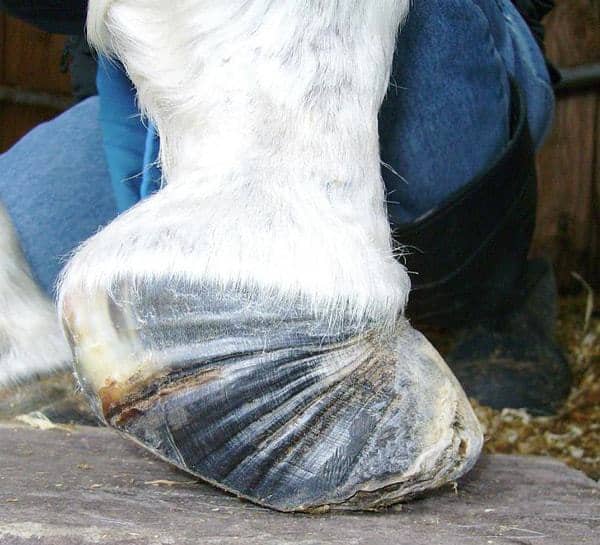Endocrinopathic Laminitis Likelihood

—Erica, Lexington, Kentucky
A.This is a great question. We know that once a horse has had laminitis, that horse is more predisposed to future episodes (from any cause) than a horse who’s never had laminitis.
In a large study performed in the United Kingdom between 2009 and 2011, researchers found that horses with one episode of laminitis of any cause were four times more likely to have a future episode than a horse that had not had a previous episode. Having sepsis-related, supporting-limb, or idiopathic laminitis does not specifically predispose to endocrinopathy (such as equine Cushing’s disease or insulin dysregulation). However, if the horse with a history of nonendocrinopathic laminitis were to develop an endocrinopathy later in life, the risk of laminitis would likely be augmented because laminitis risk is already high in these horses
Create a free account with TheHorse.com to view this content.
TheHorse.com is home to thousands of free articles about horse health care. In order to access some of our exclusive free content, you must be signed into TheHorse.com.
Start your free account today!
Already have an account?
and continue reading.
Written by:
Nora Grenager, VMD, Dipl. ACVIM
Related Articles
Stay on top of the most recent Horse Health news with















